20 Trivial Skills From Before the Internet That Are Now Completely Obsolete
Before smartphones took over, we carried dozens of tiny skills in our heads—things you did without thinking because there wasn’t another way. You memorized phone numbers, folded paper maps, and rewound cassettes by hand. Those habits feel strange now, replaced by apps and touchscreens, but they once kept daily life running. Here are twenty small talents that quietly disappeared with the internet.
Rewinding Cassettes With a Pencil
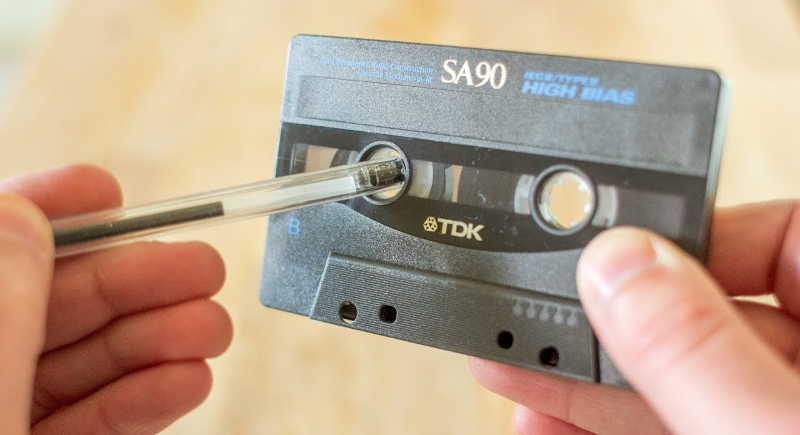
Credit: Youtube
Cassettes unspooled at the worst times, and nobody wanted to waste battery power rewinding them in the player. The fix involved grabbing a pencil, inserting it into one reel, and spinning. The hexagonal shape of a No. 2 pencil would fit perfectly.
Cleaning the Mouse Ball
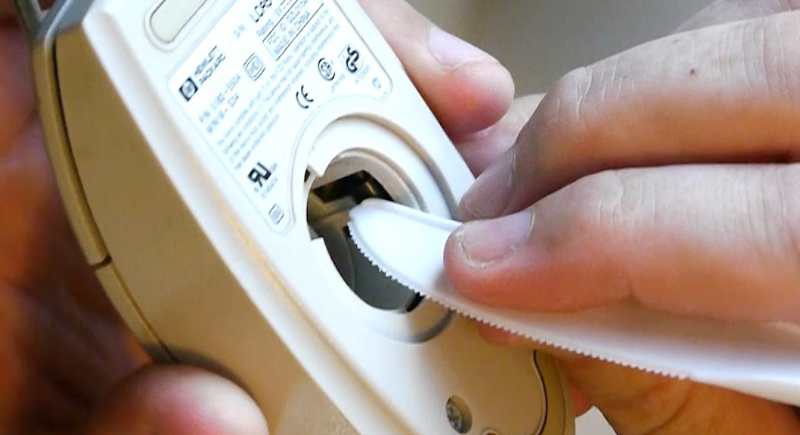
Credit: Youtube
Before optical mice, computer mice used a rolling rubber ball that picked up dust. When the cursor lagged or stuttered, people would pop it open and scrape off the gunk with a fingernail or Q-tip. It was also a rite of passage for anyone with a 1990s desktop setup.
Using the Dewey Decimal System

Credit: Wikimedia Commons
Libraries used to rely entirely on the Dewey Decimal System, a numbering method created in 1876 to organize books by subject. You had to understand the numbers and categories just to find a biography or a cookbook.
Folding a Map the Right Way
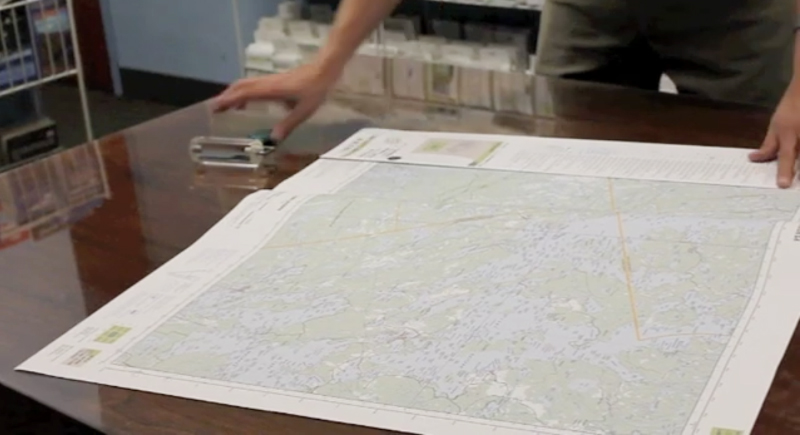
Credit: Youtube
Road trips came with paper maps, often as large as the car’s dashboard. Unfolding them was easy, but getting them folded again into their original neat square took some geometry and a little patience. Today, GPS has replaced the need entirely, and map-folding is less a skill and more a test of nostalgia.
Recording TV Shows With a VCR
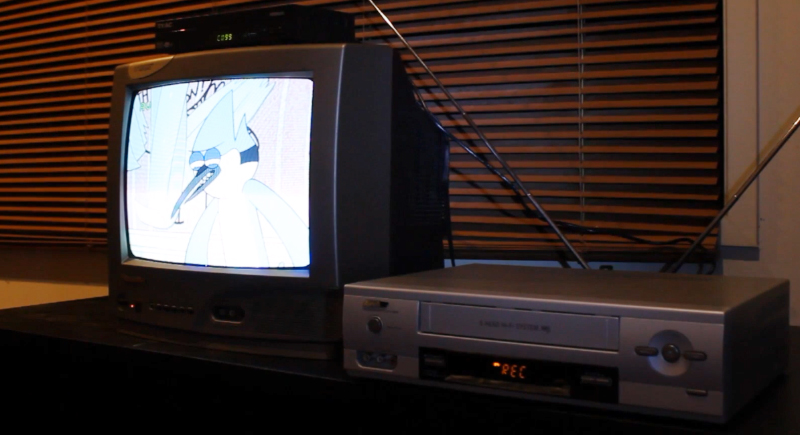
Credit: Youtube
Before DVRs and streaming, recording a show meant wrestling with a VCR. You’d feed it a blank tape, set the channel, date, and time, and hope the blinking “12:00” didn’t throw you off. A single mistake could erase a family video or leave you with two hours of static instead of last night’s episode.
Writing in Cursive
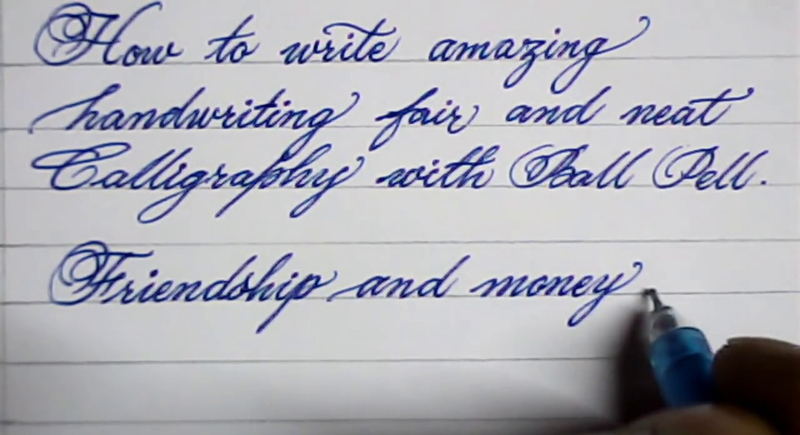
Credit: Youtube
Cursive writing was once a school requirement. Kids filled pages with loops and slants, often graded for neatness. Beyond signatures, few adults use cursive now, and many young people can’t read it fluently. Some schools have removed it from the curriculum entirely.
Burning CDs

Credit: iStockphoto
Before playlists lived in apps, people curated music on blank CDs. Burning a mix meant selecting tracks, arranging the order, and writing labels with a Sharpie. It felt personal. Programs like iTunes made the process easier, but the arrival of streaming platforms quickly made it feel tedious and unnecessary.
Balancing a Checkbook
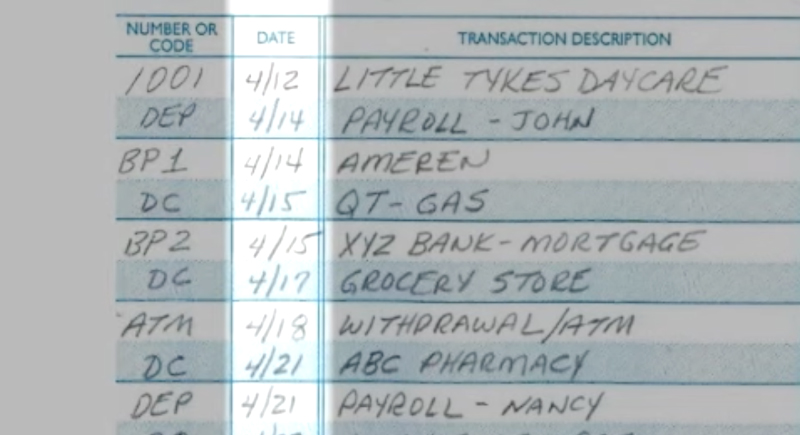
Credit: Youtube
Before online banking, keeping track of money meant sitting down with a checkbook and a calculator. Every deposit and expense had to be written by hand, then compared to a paper bank statement at the end of the month.
Using T9 Texting
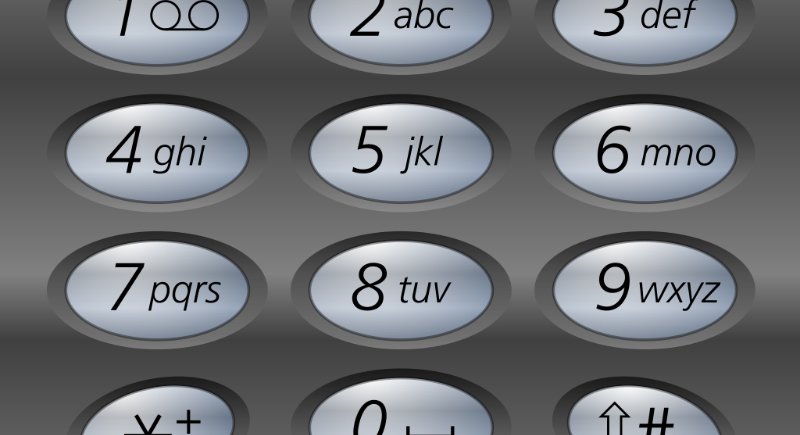
Credit: Wikimedia Commons
Phones with number pads required pressing each key multiple times to get to the right letter. T9 predictive text helped speed it up by letting users type entire messages with one hand without looking. It took practice, and the fastest texters could send paragraphs in seconds.
Fixing a TV by Hitting It
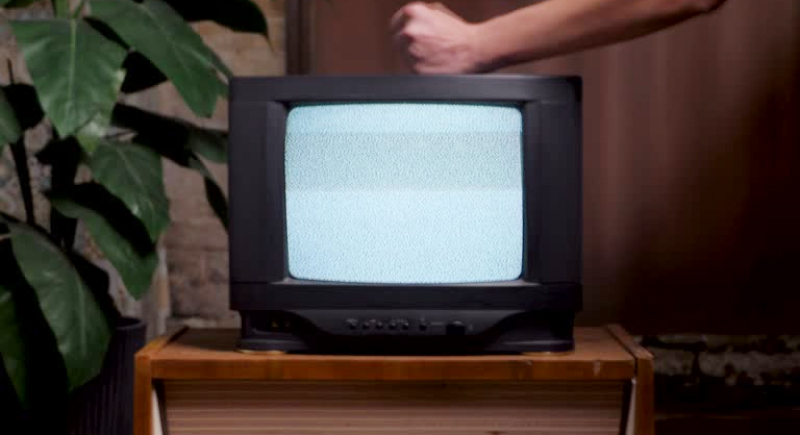
Credit: iStockphoto
If the screen got fuzzy or the picture rolled, one option was a gentle smack to the side of the TV. This “percussive maintenance” actually worked, but sometimes. It became a common household trick in the analog era.
Typing Without Looking Because of MSN Messenger
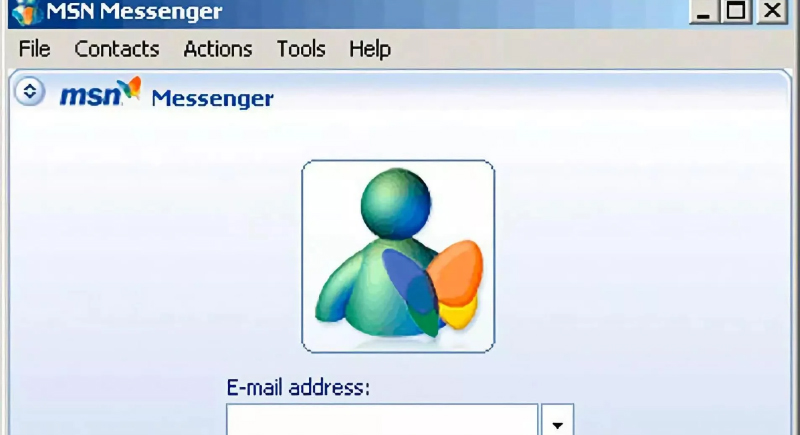
Credit: Reddit
Fast typists didn’t always come from school typing classes. A whole generation learned speed and accuracy by chatting on MSN Messenger after school. Without autocorrect, you had to get it right the first time. Touch typing, once taught with typewriters, got a second life thanks to early instant messaging apps.
Programming a VCR Clock
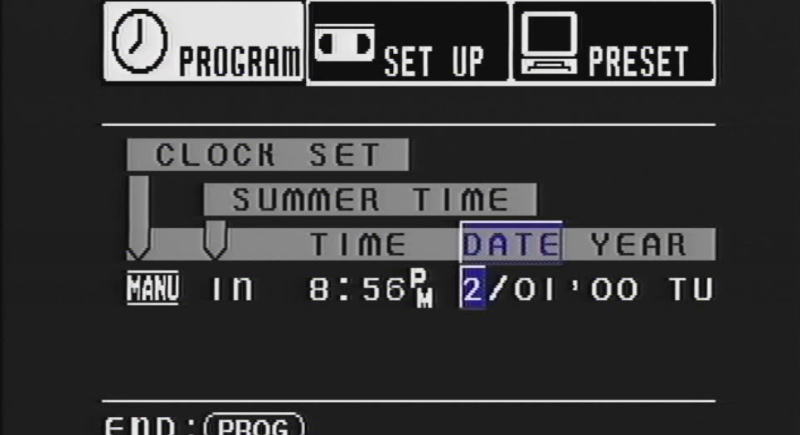
Credit: Youtube
VCRs famously blinked “12:00” because so few people bothered or remembered how to set the time. The process involved a series of buttons—often unmarked or counterintuitive—and sometimes even required manual intervention. It seems trivial now, but setting the VCR clock was once a minor technical victory.
Dialing on a Rotary Phone
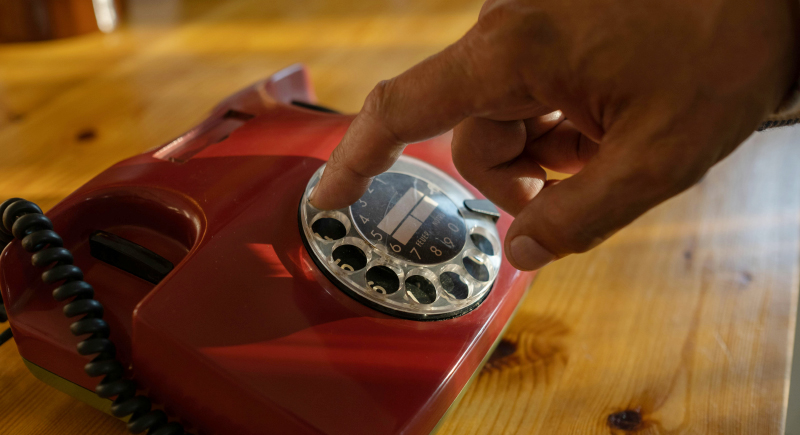
Credit: pexels
Rotary phones required users to spin a dial for each number, wait for it to return, and then start the next digit. If you misdialed, you had to begin all over again. With today’s touchscreen contacts and voice dialing, rotary phones feel more like puzzles than tools.
Making Textbook Covers From Paper Bags
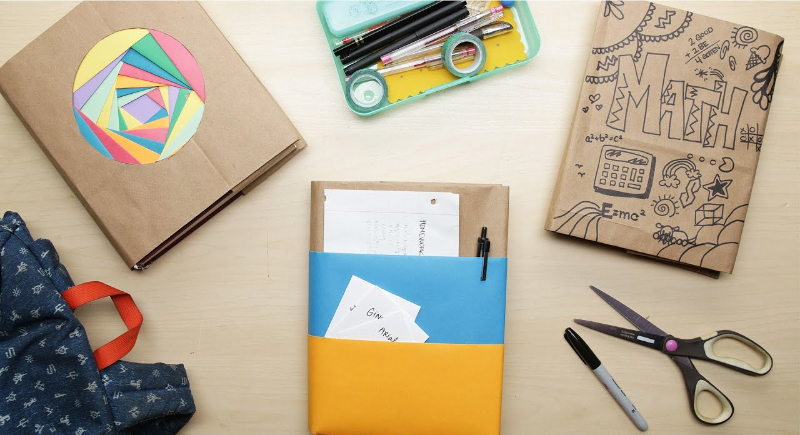
Credit: Youtube
Brown paper bags doubled as protective covers for school textbooks. Kids folded, taped, and customized them with doodles or subject labels. It was both creative and practical. Fabric book socks were later replaced by digital textbooks, and now digital textbooks have mostly removed the need for any kind of cover.
Splicing VHS Tapes

Credit: Wikimedia Commons
When a VHS tape snapped or jammed, the only fix was surgery. You’d crack open the cassette, cut out the damaged section, and splice the film with clear tape. It was nerve-racking work—one bad cut and the entire movie could vanish in a second.
Reading a Paper Phonebook
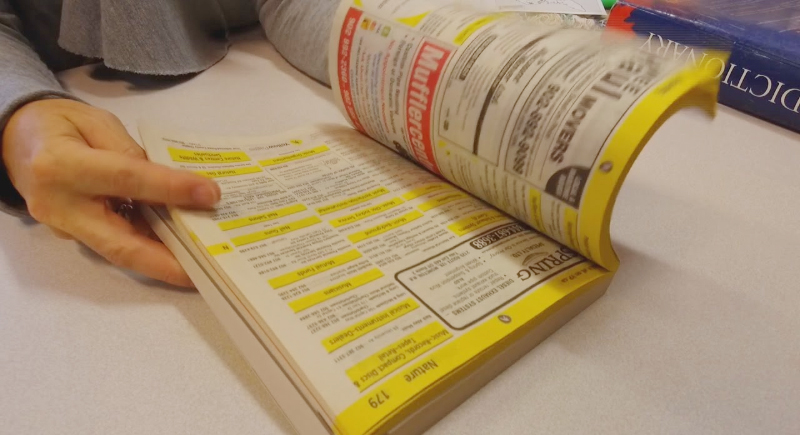
Credit: Youtube
Every home once had a phonebook, thick and divided into white pages for people and yellow for businesses. Finding a number meant flipping through hundreds of names and hoping you spelled it right. Today, most people only see one when it’s holding a door open.
Hooking Up a Home Stereo

Credit: Reddit
Connecting a stereo system involved speaker wires, RCA cables, maybe an antenna, and the right order of input settings. Getting music to play from a record or CD was sometimes a 10-step process. Bluetooth speakers have condensed that entire routine into a tap on a phone screen.
Making Butter By Hand

Credit: iStockphoto
Some families, especially in rural areas, knew how to turn cream into butter with nothing more than a jar and some muscle. Shake long enough, and the cream clumps into butter and leaves behind buttermilk. The process was old-fashioned but satisfying. It’s mostly a novelty at summer camps or school demos.
Manually Changing TV Channels
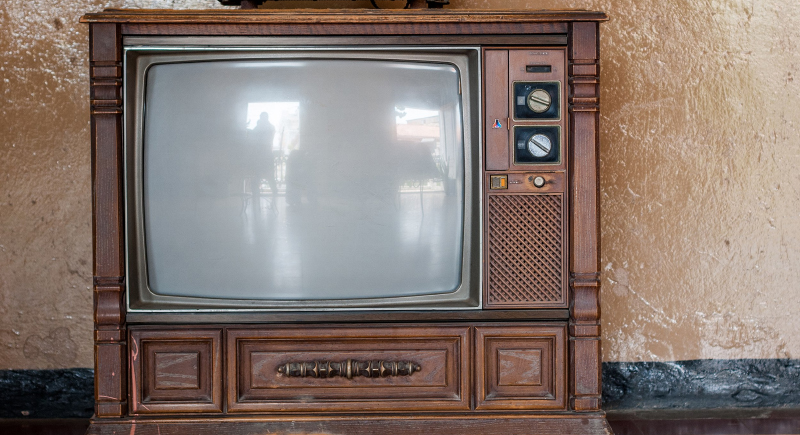
Credit: Wikimedia Commons
Remote controls weren’t always standard. Early TVs had dials or push buttons that required getting up to change channels. Some homes even had kids assigned to the job of “human remote.” Once remotes became affordable and universal, this minor form of cardio all but disappeared.
Using Basic DOS Commands

Credit: Wikimedia Commons
Before operating systems had icons and windows, users had to navigate computers with command lines. Basic DOS commands like “DIR” or “COPY” were everyday tools. Booting up a program or finding a file meant typing everything correctly. For those raised on apps and GUIs, it now feels like speaking a different language.